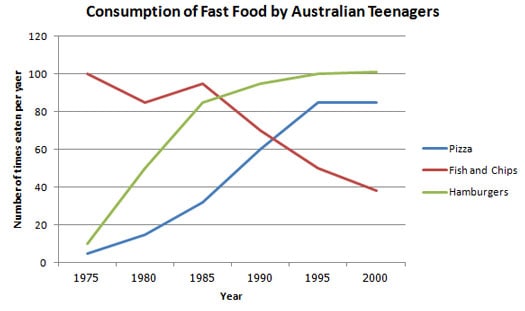
I had a student ask me about the different ways to use words like “double” and “twice” in IELTS Writing Task 1. These can be surprisingly difficult words to use correctly. Let’s take a look at a few popular ways to use these words:
1. double, triple, increase twofold, etc. (verb phrases)
In the first two examples here, the basic form of the sentence is subject + verb + time span. Time span is not necessary but does add useful information to the sentences.
One common alternative for double and triple is the verb + adverb phrase “increased twofold” or “increased threefold”. The only other point to note here is that the adverb “nearly” comes between “increased” and “threefold”.
- Example 1: Profits doubled from year 1 to year 4.
- Example 2: The amount of compost nearly tripled over the period shown in the chart.
- Example 3: The amount of compost increased nearly threefold over the period shown in the chart.
2. twofold increase, etc. (noun phrases)
It’s also common to use “increase” as a noun with “twofold” working as an adjective together with the be verb. For whatever reason, this form is usually used for increases rather than decreases.
- Example 1: There was a twofold increase from year 1 to year 4.
- Example 2: There was a nearly threefold increase in the amount of compost over the period shown in the chart.
3. double, triple, half, twice, etc. (predeterminers)
Double and triple are predeterminers which include multipliers (double, twice, four/five times . . . .) as well as fractions (one-third, three-quarters, half, etc.). They are most commonly used when making comparisons.
Let’s take a look at some examples:
Multipliers:
- Example 1: The profits in year 4 were double / twice the profits in year 1.
- Example 2: 2009 statistics show triple / three times the amount of recycling as 2006.
Fractions:
- Example 3: The number of people traveling by bus was half as much in 2005 when compared to 2010.
- Example 4: Twice as many people travelled by bus in 2010 compared to 2005.
Homework:
Look at the chart above. Try to make at least one sentences using each of the patterns above.